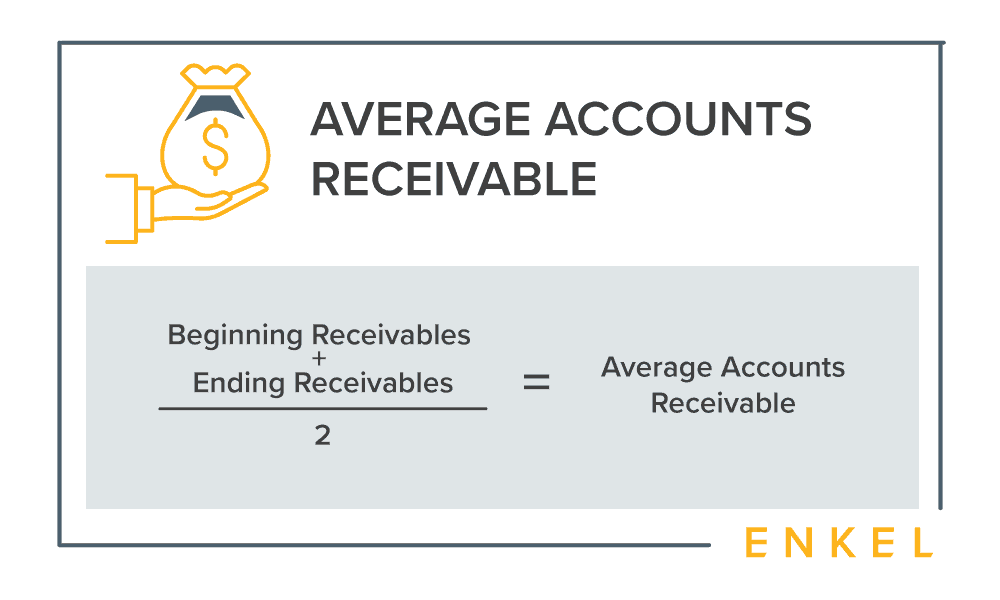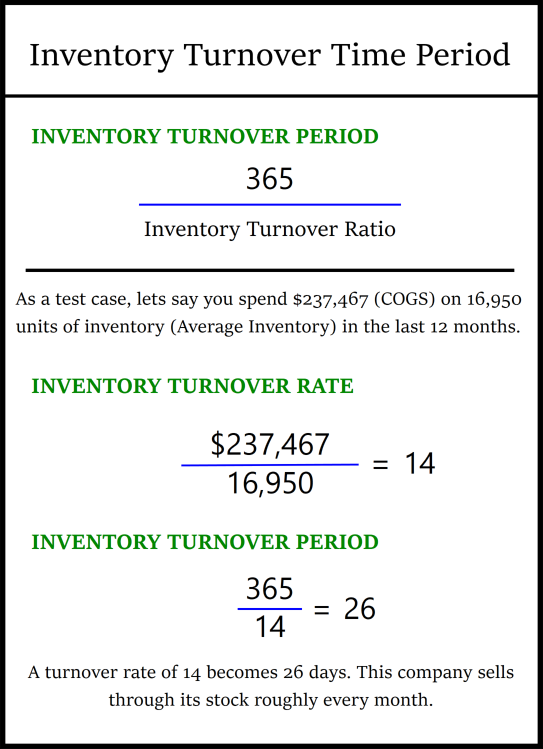

Having a high inventory turnover is exactly what you want for your restaurant business. A lower DSI means it has taken you less time to turn inventory into sales so you are generating profit quicker.

Unlike inventory turnover, a lower DSI is more desirable than a higher DSI. The formula to calculate days sales of inventory is as follows: It helps you determine how long it takes to turn inventory into sales.

Days Sales of Inventoryĭays sales inventory provides you with a more specific look at your inventory as opposed to a yearly overview. It also suggests that the sale of your goods is low and your company sells less than they buy, which greatly affects profit margins. Low inventory turnover is a sign of overbuying and therefore overspending on food and ingredients that are not being sold. On the other hand, if your inventory turnover is low it suggests the opposite. Therefore, it suggests that you are not wasting money on overbuying food that is ultimately going to get thrown away. If your inventory turnover is high, it means that you are selling things at a rate that aligns with what you are buying. Usually, it is better to have a high inventory turnover as opposed to a low inventory turnover because a high inventory turnover highlights success in multiple areas of your business. For bars and restaurants, you generally want your inventory turnover ratio to fall anywhere between 4 and 8 to make sure your business is performing well in the wider landscape of the food and beverage industry.

What is a good inventory turnover ratio?Īn ideal inventory turnover ratio depends on the industry that you are in. If you can get your inventory turnover ratio to a good number, and adjust your stock levels, you will be able to save money and resources in the process. This ratio is extremely helpful for businesses as wasting inventory and stock is essentially like throwing money out the window. For example, if your inventory turnover is very low, you are buying too much stock and not getting rid of it fast enough. On top of this, it lets you know if your inventory management is in line with what it should be in order to maximize your profits. Indeed, your inventory turnover tells you how much and how often you are selling things in your restaurant or bar. Inventory turnover can tell you a lot of different things about your restaurant and can give you insights about where your financials are going right and wrong, making it an important ratio to calculate.Ī company’s inventory turnover is actually a good indicator of how well the business is doing and how efficient it is. For example, if in a 365-day period you sold 2 Million $ worth of goods, and your average inventory price was 200,000 $, here is how you should calculate the inventory turnover: To calculate inventory turnover you have to divide the costs of goods sold (COGS), by the average inventory value for the given time period. Inventory turnover = Net sales/Average inventory at selling price When you have this information, you can input your numbers into the inventory turnover formula. To be able to calculate stock turnover, you need to know the cost of goods sold (COGS) in the period of time that you are calculating for as well as the average cost of your inventory for that same time. In order to accurately calculate inventory turnover, there is a simple formula that you can use. This means that there is a demand for what your company is selling. When calculating inventory turnover ratio, you should be hoping to see a high number as it will indicate that your business is doing well and your inventory is sold quickly in any given time period. It also gives you insight into your purchasing habits and whether you are over or under buying your inventory. A high inventory turnover means you are selling things at a quick rate. Inventory turnover refers to how often a restaurant sells and has to restock their inventory.


 0 kommentar(er)
0 kommentar(er)
